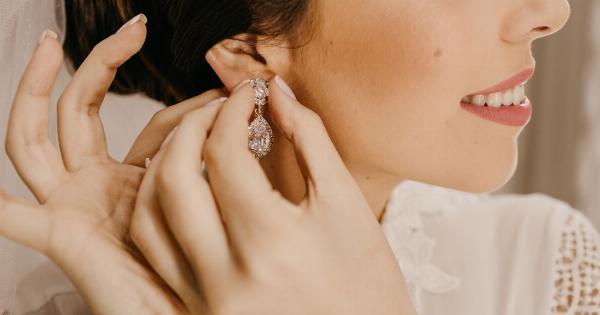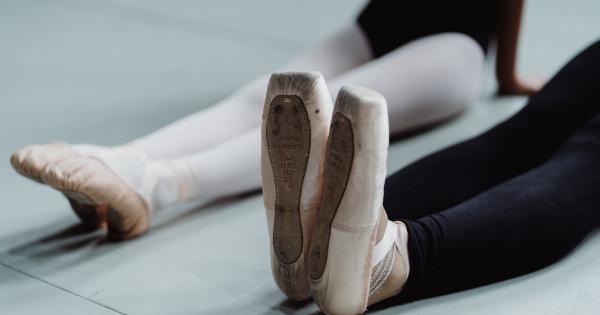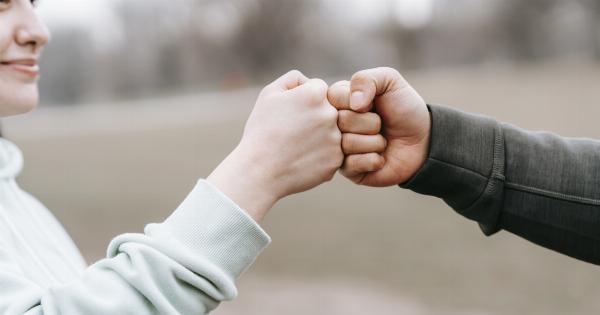Have you ever wondered what ethnicity your boobs identify as? This may seem like an odd question, but in recent years, the topic of self-identification has gained more attention and importance.
People are recognizing the complexity of identity and are learning to embrace it in all its forms. So, why not apply this idea to our bodies? In this article, we will explore the concept of breast identity and discuss how it relates to ethnicity.
What is Breast Identity?
Before we delve into the topic of breast ethnicity, let’s first understand what breast identity is. Breast identity refers to the way in which you perceive and identify with your breasts.
This includes your physical appearance, size, shape, and even your emotional connection to them. Breast identity is unique to each individual and can play a significant role in our overall sense of self.
Understanding Ethnicity and Breast Identity
Now, let’s talk about how breast identity relates to ethnicity. Ethnicity refers to a social group that shares common cultural traditions, beliefs, and customs.
These factors can also influence our physical appearance, such as skin color, hair texture, and facial features.
It’s important to understand that breast size and shape can also be influenced by ethnicity.
For example, studies have shown that women of African descent tend to have larger breasts and wider nipples, while women of Asian descent tend to have smaller breasts and narrower nipples.
Furthermore, cultural beliefs and expectations around breast appearance can also play a role in breast identity.
For example, in some cultures, large breasts are associated with fertility and femininity, while in other cultures, smaller breasts are considered more desirable.
Overall, understanding the cultural and physical influences on breast identity can help us appreciate the diversity of bodies and celebrate our individuality.
The Intersection of Gender and Breast Identity
Gender is another important factor that can intersect with breast identity. Gender refers to the societal and cultural norms surrounding masculinity and femininity.
In many cultures, women are expected to have breasts, and this can play a significant role in a person’s sense of femininity.
However, it’s important to note that not all women have breasts. Some women may have undergone mastectomies, while others may identify as non-binary and may not feel connected to traditional gender roles.
Understanding the intersection of gender and breast identity is crucial for creating a more inclusive and accepting society.
The Importance of Breast Acceptance
Ultimately, the most important aspect of breast identity is acceptance. It’s crucial to learn to love and accept our bodies, regardless of their size, shape, or ethnicity.
We should strive to create a society that celebrates diversity and emphasizes the beauty in all bodies.
By embracing our breast identity and learning to love ourselves as we are, we can empower ourselves and inspire others to do the same.
Conclusion
In conclusion, breast identity is a complex and multifaceted concept that can be influenced by ethnicity, gender, and cultural expectations.
By understanding and embracing our breast identity, we can create a more inclusive and accepting society where all bodies are celebrated. Whether your breasts identify as African, Asian, or somewhere in between, remember to love and appreciate them for the unique and beautiful part of yourself that they are.






























